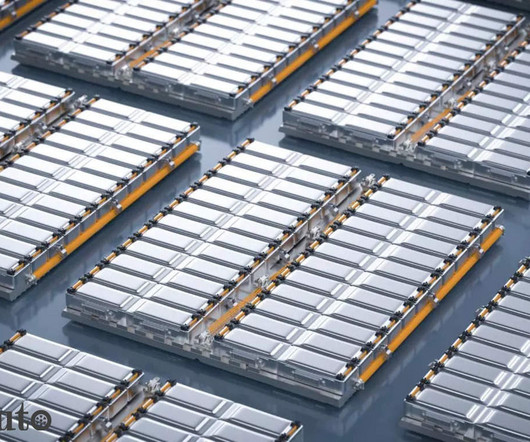How do sodium-ion batteries charge within seconds – ET Auto
Baua Electric
MAY 13, 2024
Sodium-ion batteries have been of considerable interest due to sodium’s abundance compared to lithium, which is over 500 times less common. This innovative development could revolutionize the way we use and think about energy storage in the future. The implications of this technology extend beyond EVs.














Let's personalize your content